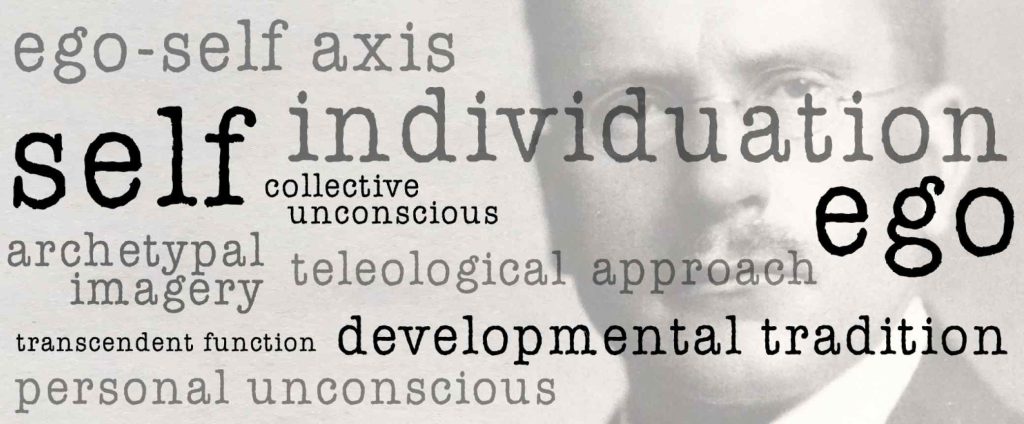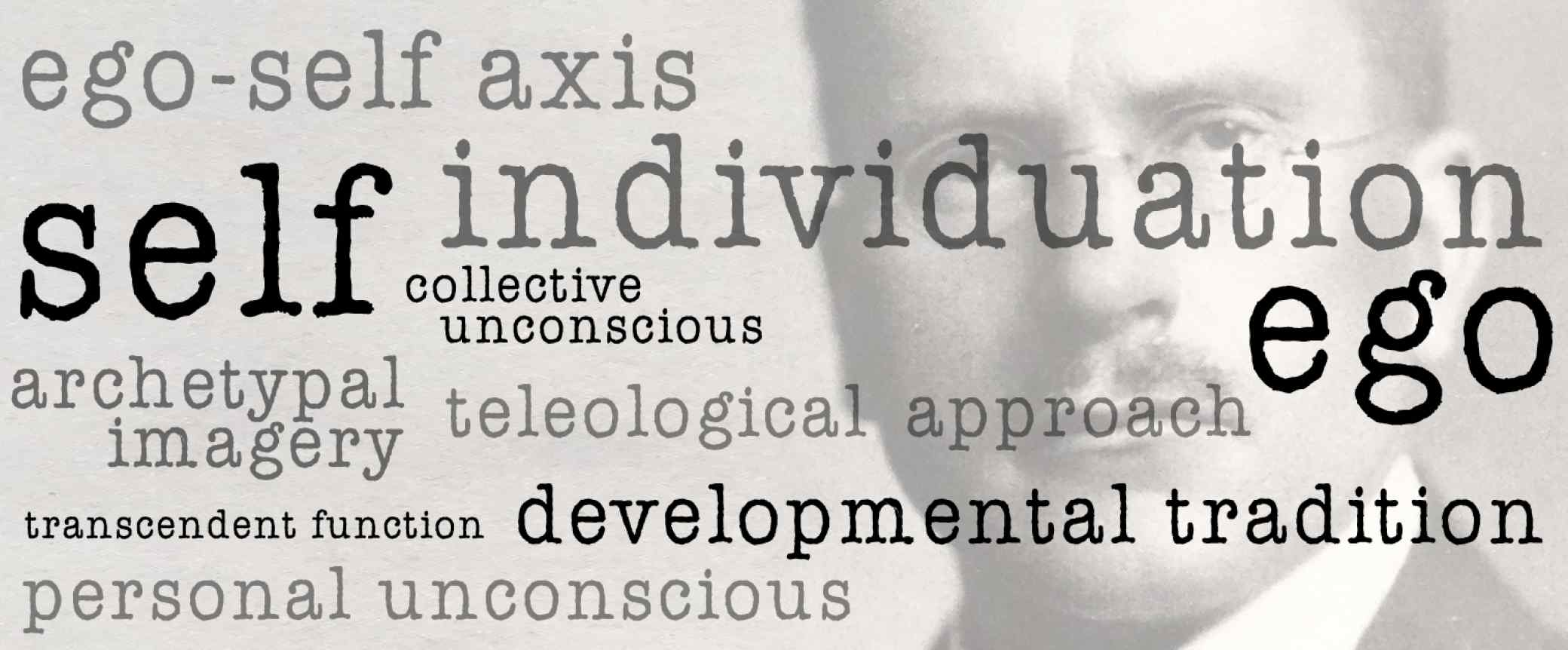Jungian analysis, developed by the Swiss psychiatrist Carl Gustav Jung, is one of the most profound approaches to understanding the human psyche. Unlike traditional psychoanalysis, which tends to focus on the individual’s personal history and the resolution of repressed conflicts, Jungian analysis ventures into deeper waters. It explores not just the personal unconscious but also the collective unconscious, a vast reservoir of shared human experiences. Central to this theory are the archetypes, powerful symbols and patterns that shape our thoughts, emotions, and behaviors. In this article, we’ll take a closer look at these two core principles—archetypes and the collective unconscious—and how they form the foundation of Jungian psychology.
The Collective Unconscious: A Universal Psychological Inheritance
The concept of the collective unconscious is perhaps the most distinctive aspect of Jung’s theory. While Freud posited that the unconscious was primarily shaped by repressed personal experiences, Jung proposed that part of the unconscious is shared by all human beings, transcending time, culture, and individual identity. This idea stems from Jung’s belief that human beings inherit a set of psychological patterns that are passed down through generations, just like biological traits.
Jung saw the collective unconscious as a deep, universal aspect of the human mind. He argued that just as we are born with physical instincts—such as the reflex to blink or breathe—we are also born with psychological instincts. These instincts manifest in the form of archetypes, which are universal symbols or themes that emerge in myths, stories, and religious traditions across different cultures.
While we may not always be consciously aware of these symbols, they influence our perceptions, behaviors, and the way we experience the world. For example, symbols like the hero, the mother, and the wise old man are archetypal figures that appear repeatedly in human history, from ancient myths to modern-day movies.
Archetypes: The Blueprint of the Psyche
At the heart of Jungian analysis is the idea that archetypes are the building blocks of the collective unconscious. Archetypes can be thought of as primal images or patterns that exist in all of us, regardless of culture or personal history. While they are not concrete images themselves, archetypes manifest through archetypal symbols—representations that carry a deep, shared meaning.
Some of the most prominent archetypes include:
- The Self: The Self is the central archetype, representing the entirety of the psyche. It symbolizes wholeness and the integration of all aspects of the personality. Jung believed that the goal of life is to achieve individuation, the process of becoming the Self.
- The Persona: The Persona is the mask we wear in public, the face we show to the world. It represents our social role and the way we wish to be perceived. While the Persona helps us navigate social interactions, it can also lead to feelings of alienation if we become overly identified with it, neglecting our true selves.
- The Shadow: The Shadow represents the darker, unconscious aspects of our personality—those traits we find undesirable or that we repress. In Jungian analysis, engaging with the Shadow is crucial for personal growth, as it holds the parts of ourselves that, once integrated, can bring balance and authenticity to our lives.
- The Anima and Animus: These archetypes represent the feminine and masculine qualities present in every individual. The Anima is the feminine aspect within a man, while the Animus is the masculine aspect within a woman. Jung believed that integration of these aspects is essential for psychological balance.
- The Hero: The Hero archetype symbolizes the journey of personal development, struggle, and transformation. The Hero is often depicted overcoming great obstacles to achieve a sense of purpose or meaning.
- The Wise Old Man/Woman: This archetype represents wisdom, guidance, and knowledge. The Wise Old Man or Woman is often a mentor figure, helping the Hero on their journey toward self-realization.
These archetypes, while universal, are also deeply personal. They manifest in our dreams, fantasies, and even in the way we relate to the world around us. Jungian analysis focuses on helping individuals recognize these archetypes within themselves, providing a pathway toward greater self-awareness and psychological balance.
Individuation: The Journey Toward Wholeness
For Jung, the ultimate goal of life was not just to resolve personal conflicts but to achieve individuation—the process of integrating all aspects of the personality, both conscious and unconscious, into a cohesive whole. Individuation involves a reconciliation between the opposing forces within us: light and dark, masculine and feminine, conscious and unconscious.
The process of individuation often begins with an encounter with the Shadow. This confrontation with the darker aspects of our psyche can be difficult and unsettling, but it is essential for personal growth. By facing the Shadow, we come to accept the parts of ourselves that we might otherwise reject or deny.
As individuation progresses, we encounter other archetypes, such as the Anima or Animus, and work toward integrating them into our conscious awareness. Eventually, we move toward the realization of the Self, the archetype of wholeness and completeness.
Dreams: A Gateway to the Unconscious
Dreams play a crucial role in Jungian analysis. Jung believed that dreams provide a direct link to the unconscious, offering insight into the deeper layers of the psyche. Unlike Freud, who saw dreams primarily as expressions of repressed desires, Jung viewed them as symbolic messages from the unconscious, often guiding us toward greater self-awareness.
In dreams, archetypal images frequently appear. For example, a dream featuring a Hero might reflect a personal struggle or a need for courage in waking life. Similarly, a dream about a Wise Old Man could symbolize a need for guidance or a deeper understanding of oneself.
Jungian therapists work with individuals to interpret these dreams, helping them uncover the symbolic meanings and archetypal themes that emerge. This process is not about finding a single, definitive interpretation but about exploring the multiple layers of meaning that dreams can offer.
Conclusion: The Power of Archetypes and the Collective Unconscious
Jungian analysis offers a profound and transformative approach to understanding the human mind. By exploring the archetypes and the collective unconscious, we gain insight into the deeper, universal forces that shape our thoughts, emotions, and behaviors. Through the process of individuation, we can integrate these forces, bringing balance and wholeness to our lives.
In an increasingly complex and fragmented world, Jung’s ideas offer a pathway toward self-awareness and psychological harmony. The journey may be challenging, but it is one that leads to a deeper understanding of ourselves and our place in the broader human experience.

